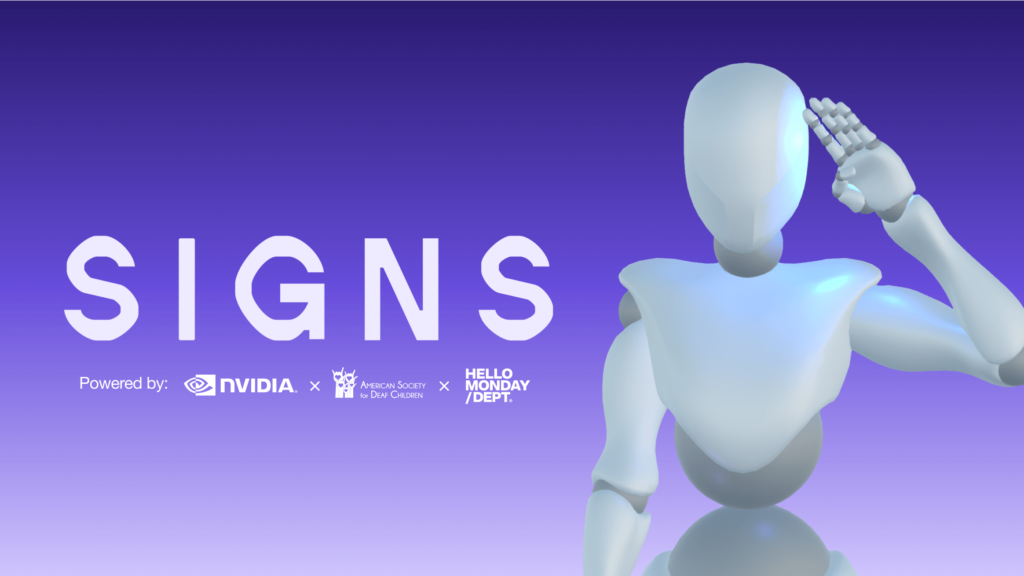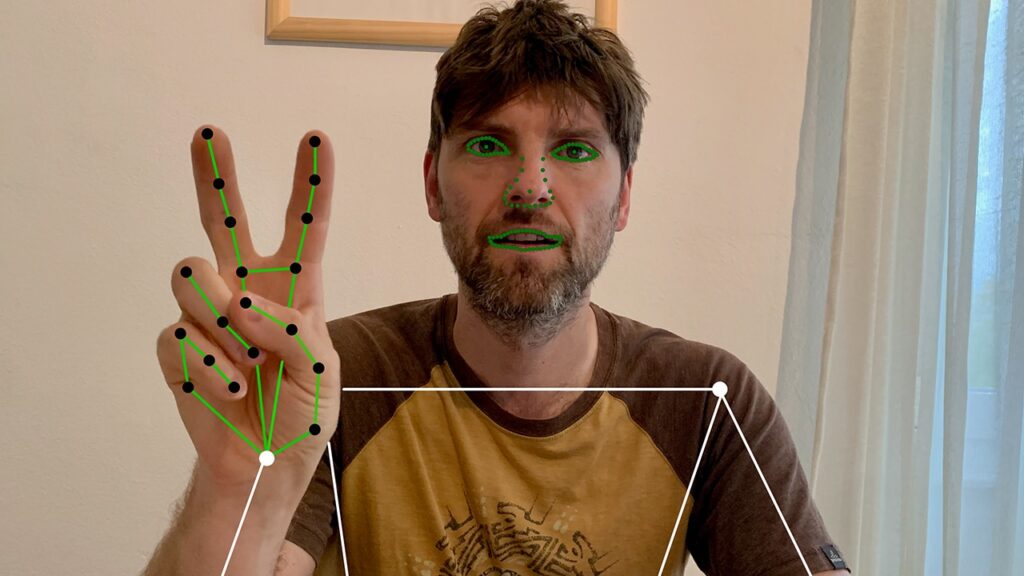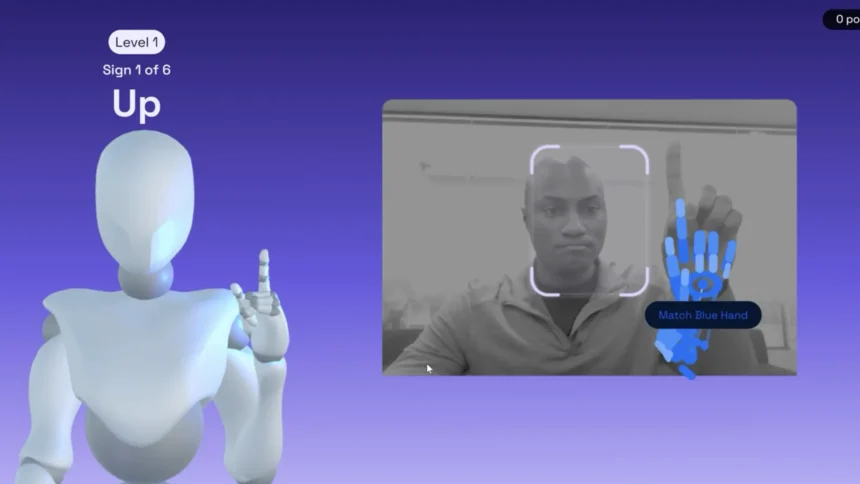AI-Powered Sign Language Learning: Nvidia Introduces Signs
Nvidia is expanding its artificial intelligence (AI) initiatives beyond hardware, introducing a tool designed to make learning American Sign Language (ASL) more accessible. The company has launched Signs, a 3D avatar-based learning platform that helps users improve their ASL skills with real-time feedback. Developed in collaboration with the American Society for Deaf Children (ASDC) and creative agency Hello Monday, the platform uses AI to analyze signing accuracy, making ASL learning more interactive and practical.
What’s Happening & Why This Matters
With Signs, Nvidia demonstrates how AI can be used beyond enterprise applications, directly benefiting individuals and communities. This tool aligns with Nvidia’s strategy to integrate AI into assistive technologies, helping people who rely on ASL for communication. The company joins other tech leaders, including Apple, Google, and Meta, in using AI-powered features to support visually impaired and physically disabled users.
Nvidia’s Signs platform is an AI tutor, guiding users through 100 ASL signs at launch. The platform lets learners keep their video cameras on, receiving instant AI-driven feedback on their gestures. Nvidia plans to increase the vocabulary to 1,000 signs, expanding the tool’s effectiveness.
Unlike traditional ASL courses, Signs provides an interactive 3D avatar that demonstrates signs while giving AI-generated feedback to correct and refine gestures. This allows learners to practice and improve anytime without needing a human instructor.

Nvidia, known for its high-performance GPUs, is shifting focus to software-driven AI applications. With a market valuation surpassing $3.4 trillion, the company is applying AI to more areas beyond gaming and data centers.
Michael Boone, Nvidia’s Trustworthy AI Product Manager, explained the company’s vision:
“It’s important for us to produce efforts like Signs because we want to enable not just one company or a set of companies, but we want to enable the ecosystem.”
Nvidia is expanding its role in AI-driven solutions across different industries by launching AI-powered learning tools.
Nvidia has more plans for Signs. In addition to expanding the vocabulary database, the company wants to improve ASL recognition by incorporating facial expressions and head movements, which are essential for accurate ASL communication. The platform will also integrate regional variations and slang, covering different ASL dialects.

Further improvements include integrating Signs into video conferencing and gesture control technologies, allowing more accessibility options in everyday life. Nvidia has confirmed that the platform will remain free to use, enabling ASL speakers to contribute new signs and help expand the database. This dataset could be used for future AI-driven ASL applications, improving video chat interactions and human-computer gesture recognition.
Nvidia joins tech companies like Apple, Google, and OpenAI in using AI to create accessibility tools. Recent AI-driven innovations include Apple’s eye-tracking for iPhones, Google’s speech and text tools for disabled users, and Meta’s AI-powered screen readers for visually impaired individuals. These projects show how AI is being used to improve communication and inclusion.
ASDC Executive Director Cheri Dowling explained the impact of Nvidia’s project:
“Most deaf children are born to hearing parents. Giving family members accessible tools like Signs to start learning ASL early enables them to open an effective communication channel with children as young as six to eight months old.”
This reflects how Nvidia’s initiative is not just for ASL learners but also for families wanting to communicate better with their deaf children.
TF Summary: What’s Next
Nvidia’s Signs platform is making ASL learning more interactive and accessible. The free platform will continue to grow with expanded vocabulary, better gesture recognition, and integration into video calls and smart devices. As AI plays a greater role in assistive technology, Nvidia is positioning itself as a leader in AI-powered communication tools.
— Text-to-Speech (TTS) provided by gspeech


